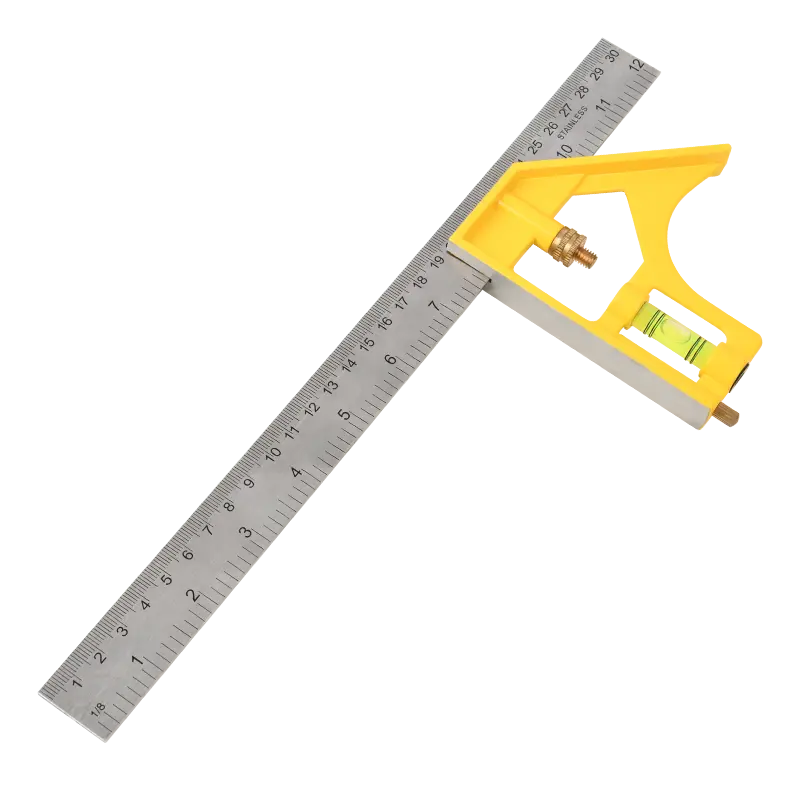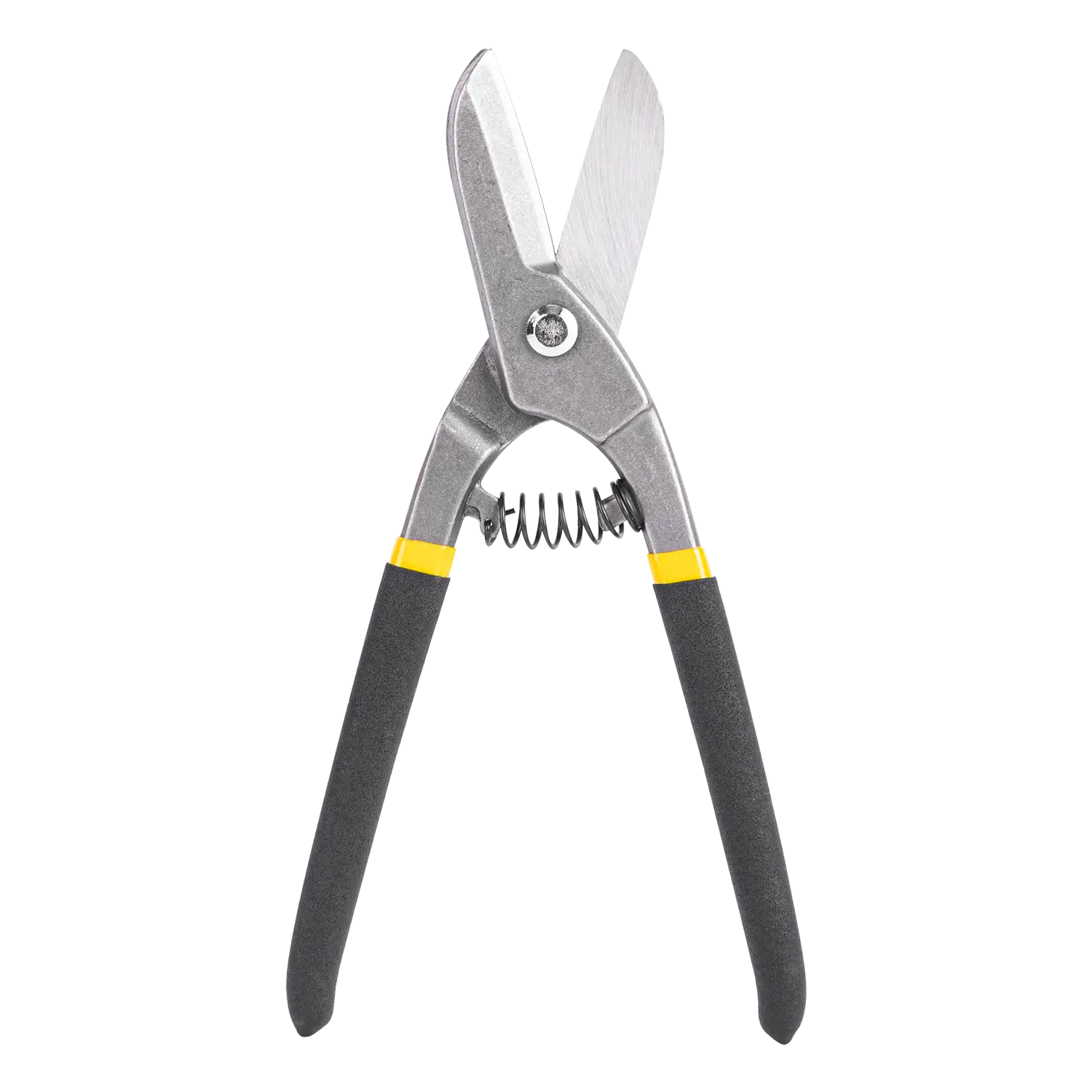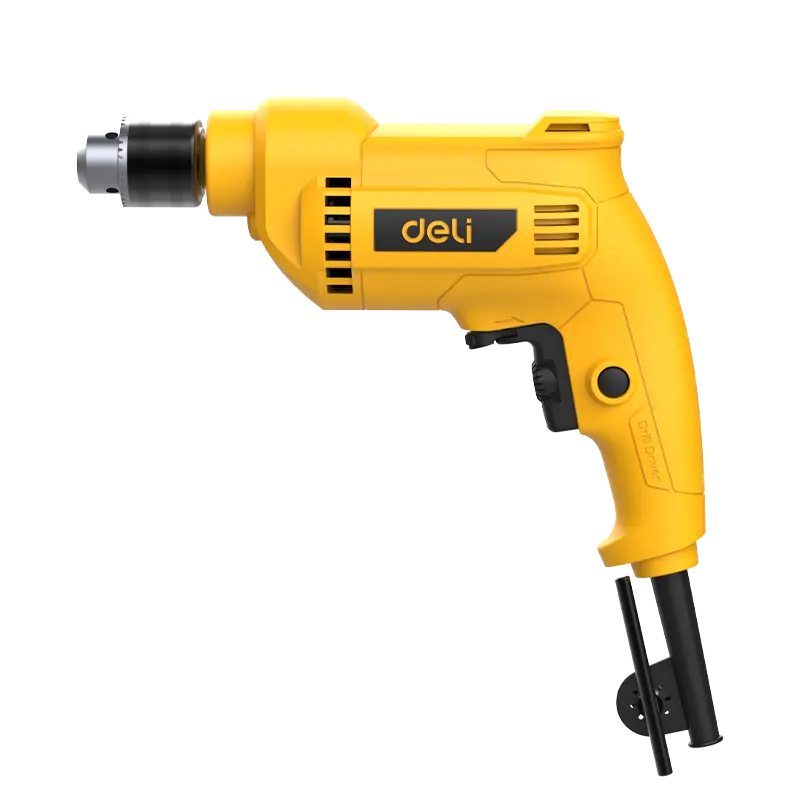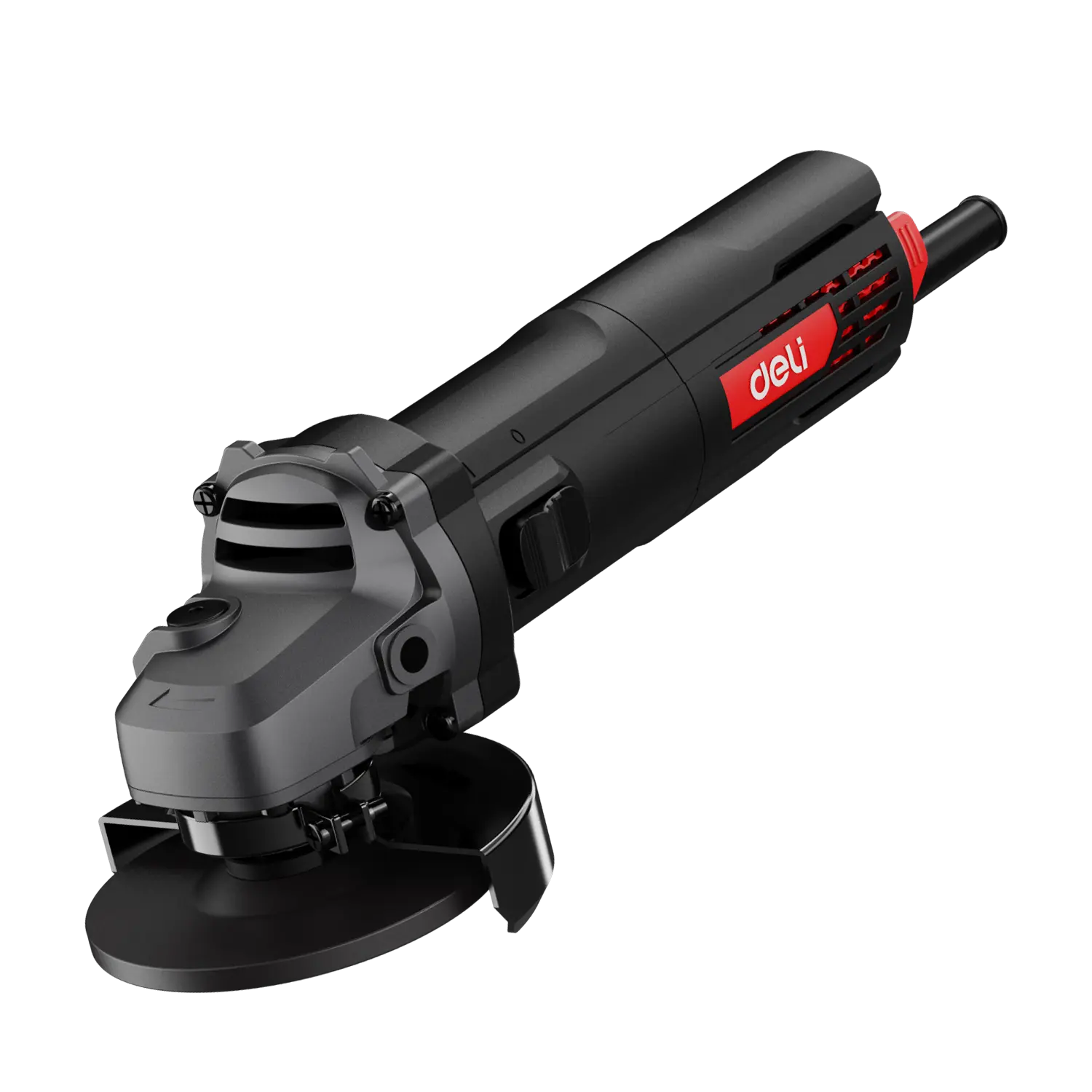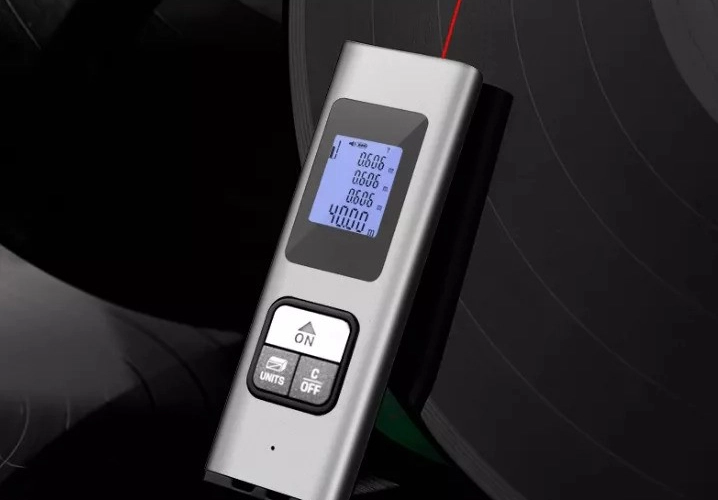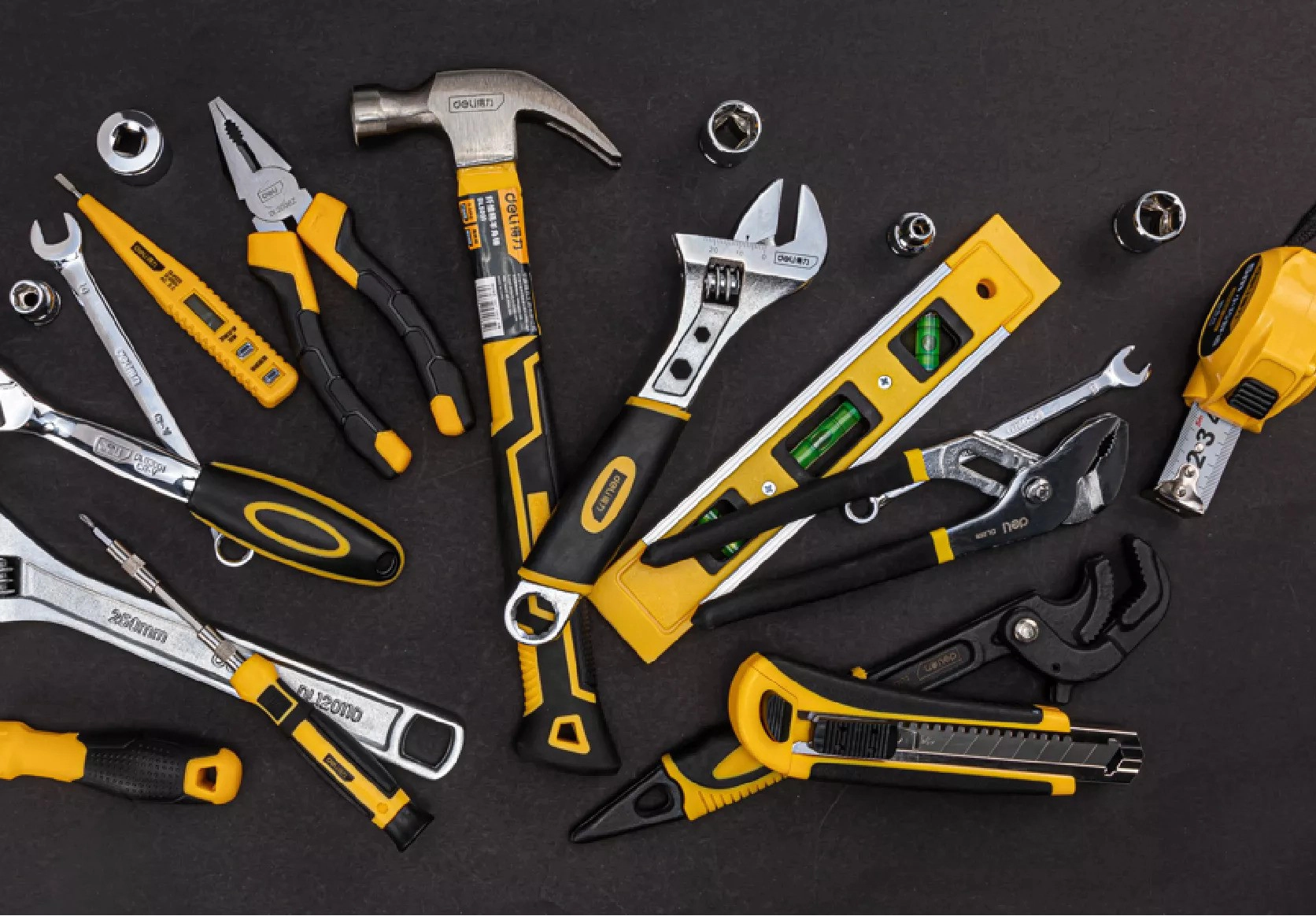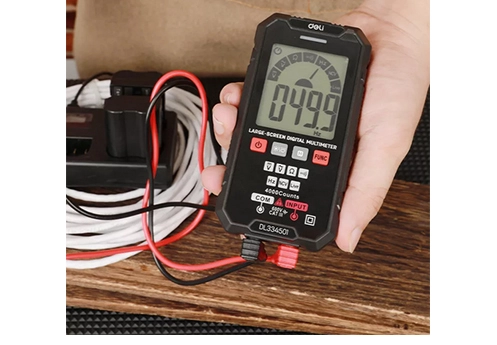Laser rangefinders, sophisticated tools that have revolutionized various fields by providing precise distance measurements, are increasingly becoming indispensable in both professional settings and leisure activities. These devices, which utilize laser technology to gauge the distance between the user and a specific target, have a wide range of applications that span from construction sites to golf courses. Understanding how laser rangefinders are employed can illuminate their versatility and the technology's profound impact on precision and efficiency.
The Principle Behind Laser Rangefinders
At the heart of a laser rangefinder's operation is the principle of time-of-flight measurement. The device emits a laser beam towards a target, which then reflects back to the rangefinder. By calculating the time it takes for the laser beam to return, the device can accurately determine the distance between itself and the target. This technology allows for rapid and precise measurements, making laser rangefinders an invaluable tool in various applications.
Applications in Surveying and Construction
In the realm of construction and surveying, laser rangefinders from Deli Tools Global are pivotal for their precision and efficiency. They are used to measure distances quickly without the need for physical measuring tapes, allowing surveyors and construction professionals to obtain accurate readings of land dimensions, building heights, and space between structures. This not only speeds up the surveying process but also enhances safety by reducing the need to access hard-to-reach areas directly.
Enhancing Sports Performance
Sports enthusiasts, particularly golfers and archers, rely on laser rangefinders to improve their performance. In golf, for instance, a laser rangefinder can help players determine the distance to the hole or other points on the course, such as hazards or the flag. This information is crucial for selecting the right club and planning the shot. Similarly, archers use laser rangefinders to gauge distances to their targets, enabling them to adjust their aim for better accuracy.
Military and Law Enforcement Applications
Laser rangefinders also play a critical role in military and law enforcement operations. In these high-stakes environments, the ability to quickly and accurately measure distances is essential for strategic planning and operational success. Military personnel use laser rangefinders for tasks such as targeting, surveillance, and navigation, while law enforcement agencies may employ them in crime scene investigations to measure distances related to ballistic trajectories or accident reconstructions.
Navigational Aids in Marine and Aerial Vehicles
In the world of navigation, whether at sea or in the air, laser rangefinders offer a reliable means of measuring distances to avoid obstacles and navigate safely. Mariners utilize these devices to determine the distance to other ships or landmasses, aiding in collision avoidance and route planning. Similarly, pilots can use laser rangefinders to measure the altitude above ground level during landing approaches or when flying at low altitudes, ensuring safer flight operations.
In conclusion, laser rangefinders from the top China power tools supplier have transformed how distances are measured across various fields. Their ability to provide quick, accurate measurements has made them an essential tool in construction, sports, military operations, law enforcement, and navigation. As technology advances, it's likely that we'll see even more innovative uses for laser rangefinders, further expanding their application scope and enhancing their efficiency and utility.

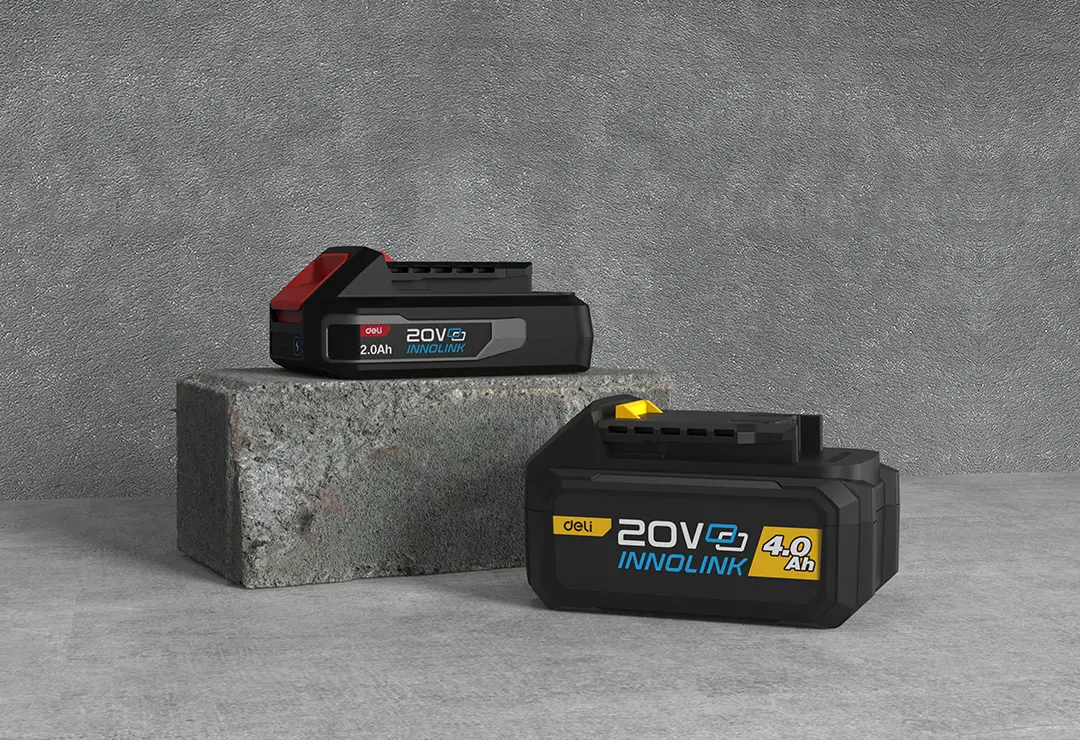
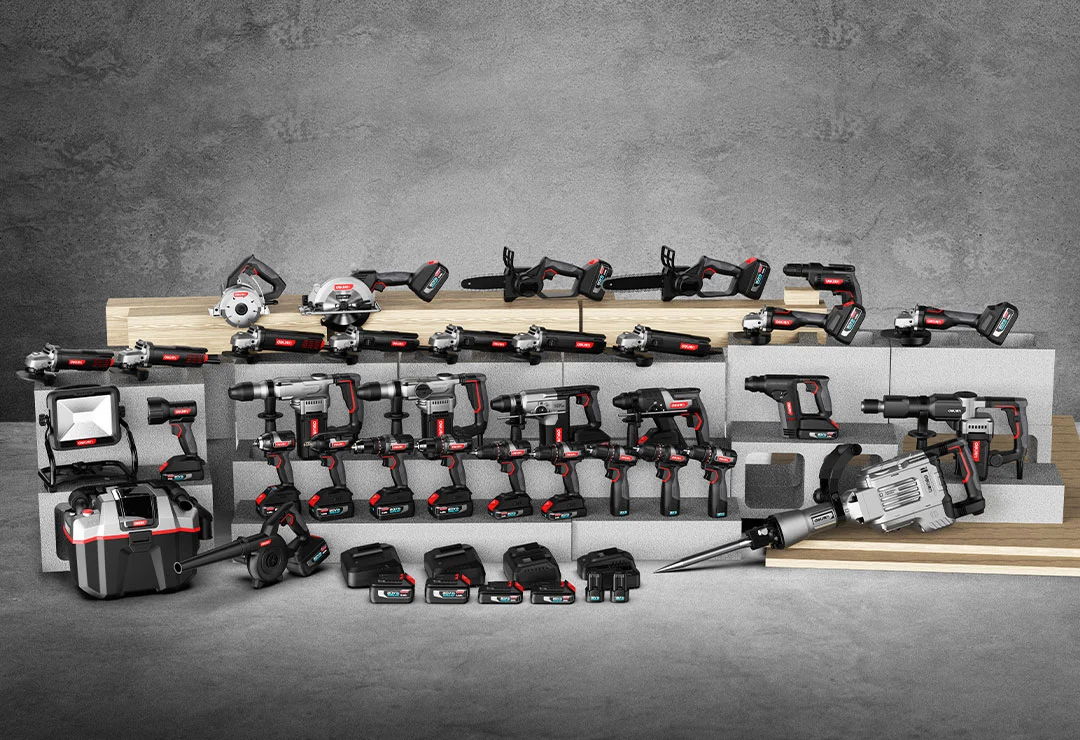
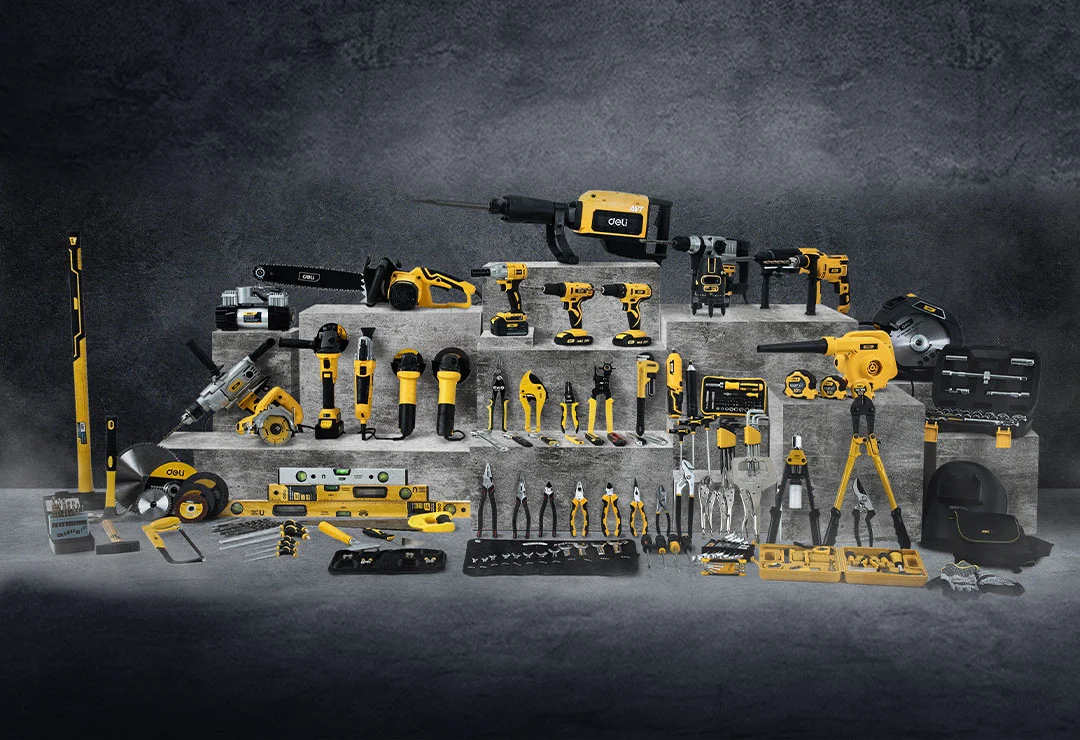
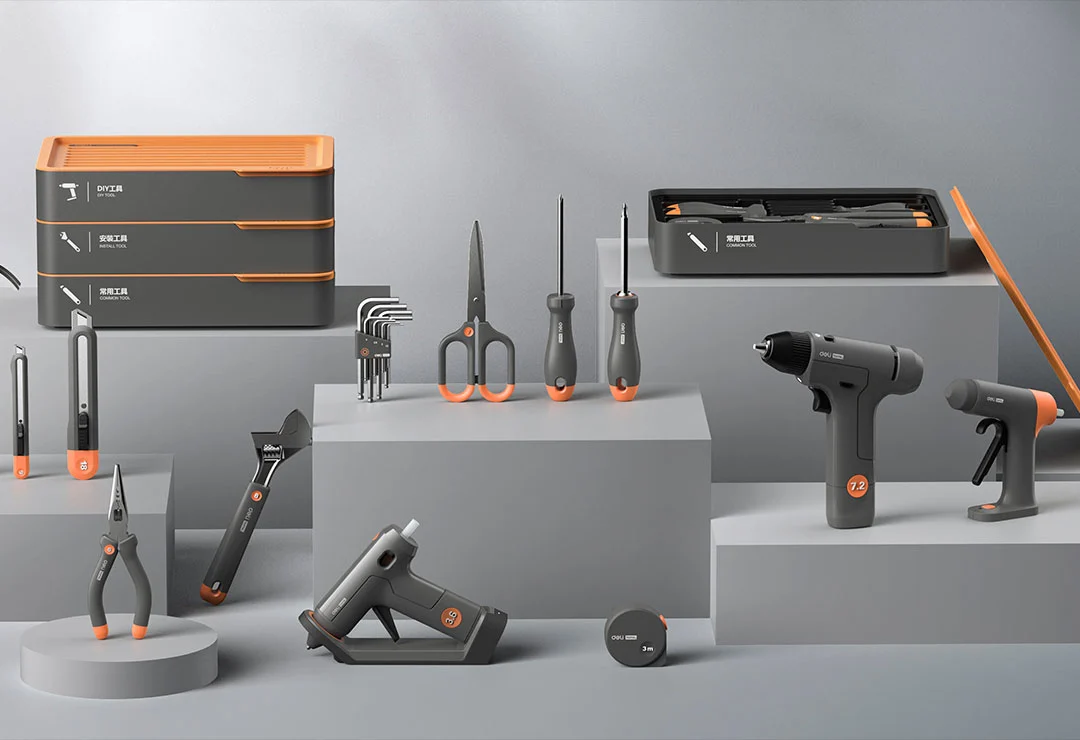
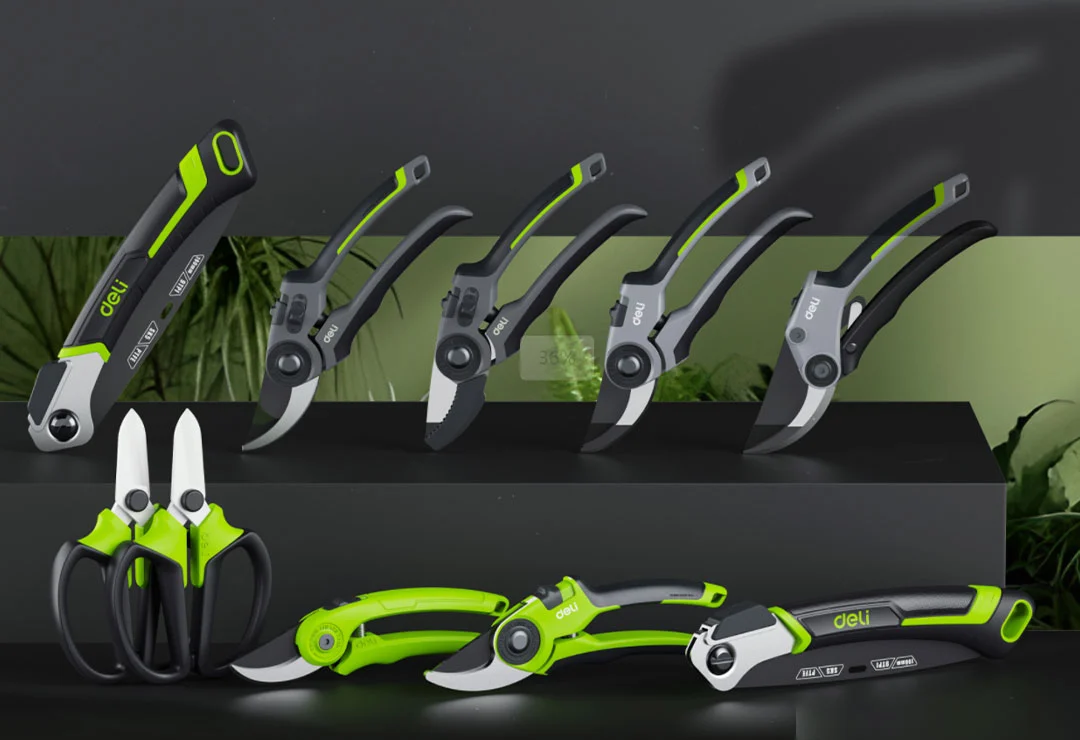
 EN
EN
 jp
jp  ko
ko  fr
fr  de
de  es
es  it
it  ru
ru  pt
pt  ar
ar  vi
vi  th
th  hi
hi  pl
pl  id
id  el
el 